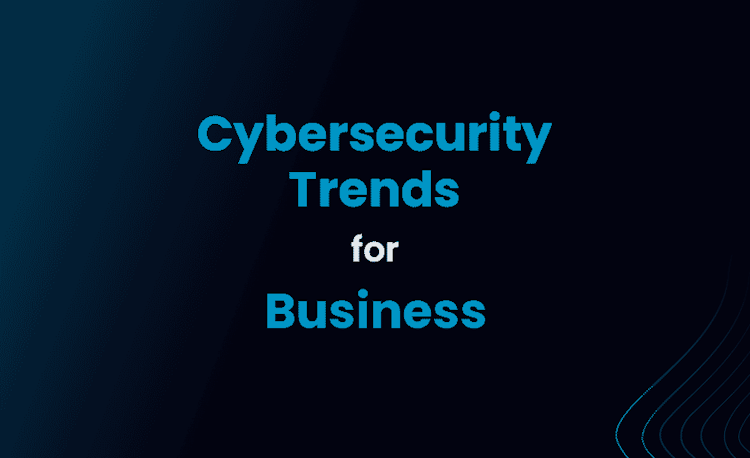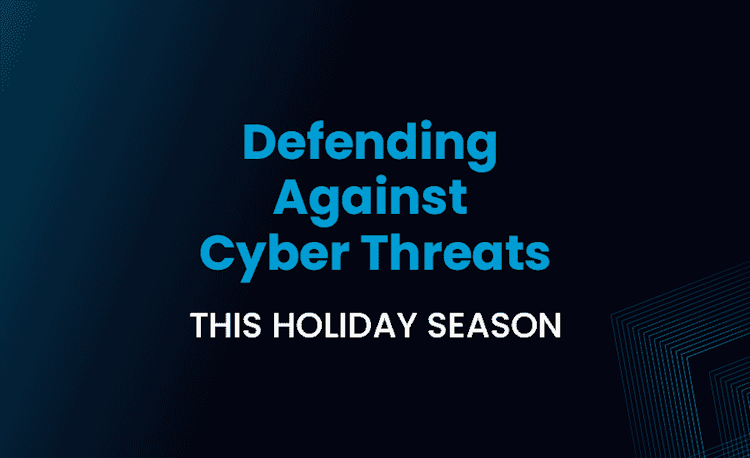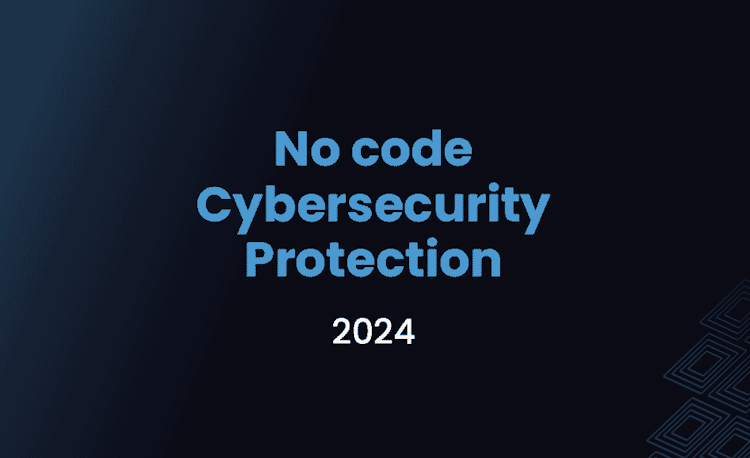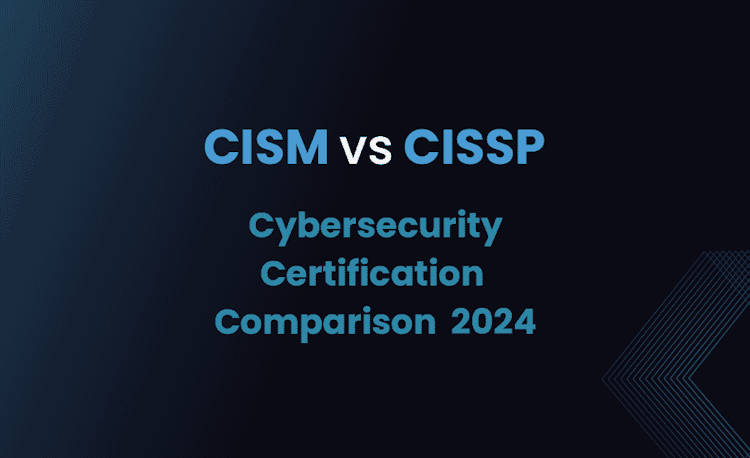The Importance of Cybersecurity in the Education Sector

Did you know that the education sector ranks third among industries targeted by cyberattacks? Yup, that’s right! With millions of students and staff relying on educational technology, it’s crucial for institutions to up their security game.
Why Cybersecurity Matters in Education (And What Can Go Wrong)
The growing dependence on technology for classes, assessments, and administrative tasks means there’s more data than ever to protect. From personal information to intellectual property and academic records – it’s all at risk. So, what could go wrong? Let’s dive in:
Unauthorized Access
Unauthorized access poses a significant threat to the education sector, as it jeopardizes the privacy and security of students, faculty, and staff. Weak security measures may result in unauthorized individuals gaining access to personal and academic details, potentially exposing intellectual property for misuse.
Apart from monetary losses, the consequences of unauthorized access can negatively affect the reputation of the institution, the prospects of students, and the academic environment.
Student Privacy
Inadequate security may result in unauthorized access to students’ personal and academic information, putting their privacy at risk. Some consequences of unauthorized access include:
Inadequate security may result in unauthorized access to students’ personal and academic information, putting their privacy at risk. Some consequences of unauthorized access include:
- Misuse of personal data for identity theft or targeted phishing attacks
- Data breaches leading to reputational damage to the institution
- Legal ramifications for failing to protect students’ sensitive information
Intellectual Property Theft
Insufficient security measures may expose intellectual property, such as research materials, innovative teaching methodologies, or unique educational resources, to theft or unauthorized use. The implications of intellectual property theft include:
- Loss of proprietary knowledge or competitive advantage
- Violation of copyright or patent rights
- Financial and reputational damage to the institution
Data Loss
Impact on Students’ Progress
A cyberattack targeting sensitive data may lead to the loss, manipulation, or alteration of academic records, affecting students’ progress and future prospects. The consequences of data loss on students’ progress can be severe:
- Inaccurate tracking of students’ performance and progress
- Distorted evaluations and grades, impacting college admission processes or job applications
- Emotional distress for students and parents
Institutional Effect
The loss of critical data due to a cyberattack can severely affect an educational institution’s operations and credibility. Some potential consequences include:
- Increased administrative workload to restore and reconstruct the lost data
- Reputational harm, leading to reduced enrollment or funding
- Financial losses due to data recovery efforts or potential lawsuits
Academic Fraud
Plagiarism and Cheating
Weak cybersecurity systems may enable dishonest individuals to steal or alter academic materials, facilitating plagiarism and cheating. The consequences of these actions include:
- Devaluation of the institution’s academic integrity
- Unfair academic competition among students
- Compromised quality of education and learning outcomes
Examination Security
Poor cybersecurity measures can compromise the confidentiality of examination materials, leading to exam leaks or unauthorized access. This can negatively impact the institution’s credibility and the fairness of the assessment process. Some potential consequences are:
- Repercussions on the institution’s accreditation or rankings
- Legal disputes and financial penalties
- Demotivation among honest students and faculty members
Service Interruptions
Impact on Learning Continuity
Cyberattacks on educational institutions may disrupt essential services and resources, hampering the teaching and learning process. Consequences of such interruptions include:
- Difficulty in accessing learning materials, leading to a decreased quality of education
- Disruptions in communication between students and teachers, impacting collaboration and support
- Hindrance in meeting educational timelines or deadlines, causing stress among students and faculty
Resource Reallocation
Service interruptions due to cyberattacks can strain an institution’s available resources, forcing them to focus on resolving technical issues instead of core educational activities. This may result in:
- Increased workload for IT staff and educators
- Additional financial costs for emergency solutions and mitigation efforts
- Loss of valuable time and energy for both students and faculty members
Real Life Examples (Yeah, This Stuff Happens)
Think these scenarios are just science fiction? Think again! Here are a few real-world examples of cyberattacks affecting educational institutions:
- In September 2020, the Clark County School District in Nevada suffered a ransomware attack that resulted in the theft of sensitive student and employee data.
- In August 2020, the University of Utah paid a whopping $457,000 ransom to prevent the release of sensitive data after a ransomware attack.
Worried yet? Good, because it’s time to talk solutions.
Solving the Cybersecurity Challenge in Education
Securing educational apps is the first step, and obfuscation plays a vital role. What’s obfuscation, you ask? Simply put, it’s the process of making source code difficult to understand, preventing unauthorized access and alteration. Let’s explore some ways to obfuscate:
Encryption
Encrypting sensitive code sections helps protect data from snooping eyes. It’s like locking up your secret diary – good luck to anyone trying to read it without the key!
Renaming Classes and Variables
This technique helps confuse potential attackers by replacing recognizable names with nonsensical labels. Imagine trying to navigate a foreign city without street names – it’s kinda like that!
Anti-debugging and Anti-tampering
These measures help prevent attackers from analyzing an application’s functionality and gaining unauthorized access.
But how can educational institutions implement obfuscation?
Introducing ByteHide Shield: Your Ultimate Obfuscation Solution
Educational institutions can streamline and automate obfuscation through the use of ByteHide Shield, which offers military-grade encryption and easy-to-use preconfigurations. With just a few clicks, ByteHide Shield can protect your applications, ensuring the security and privacy of student and staff data.
What’s at Stake if You Ignore Cybersecurity (Seriously, Don’t Ignore It)
By failing to invest in cybersecurity :
- The trust of students, parents, and staff may be lost
- It may lead to significant recovery costs after data breaches
- Institutions may face regulatory fines and penalties
- Ultimately, the institution’s reputation will suffer
So, what are you waiting for? Don’t let cybercriminals wreak havoc on your educational institution. Implement robust cybersecurity measures and keep your data safe. The future of education depends on it!





